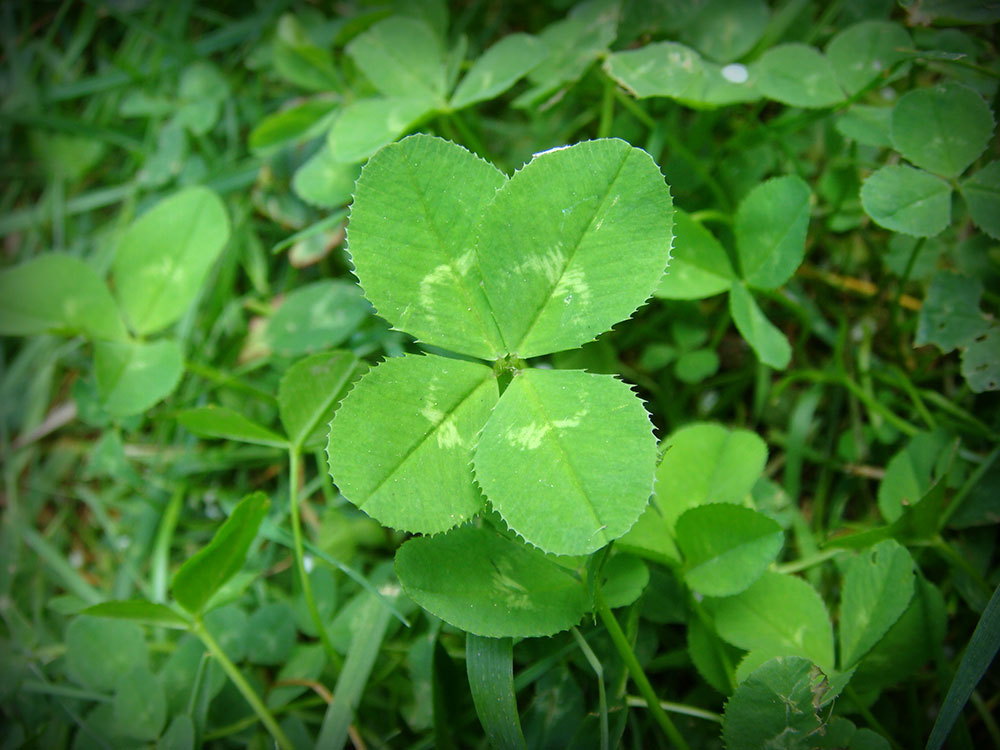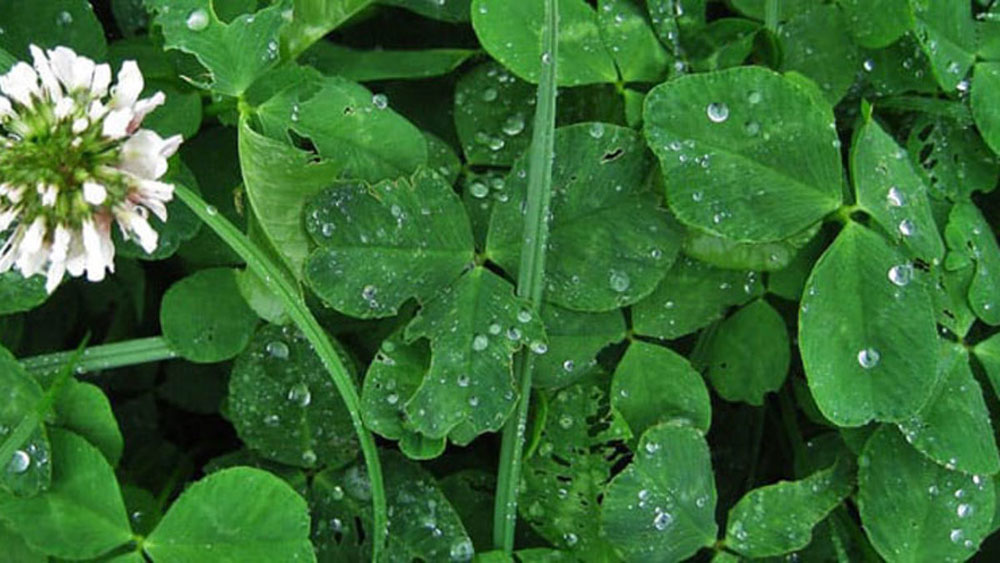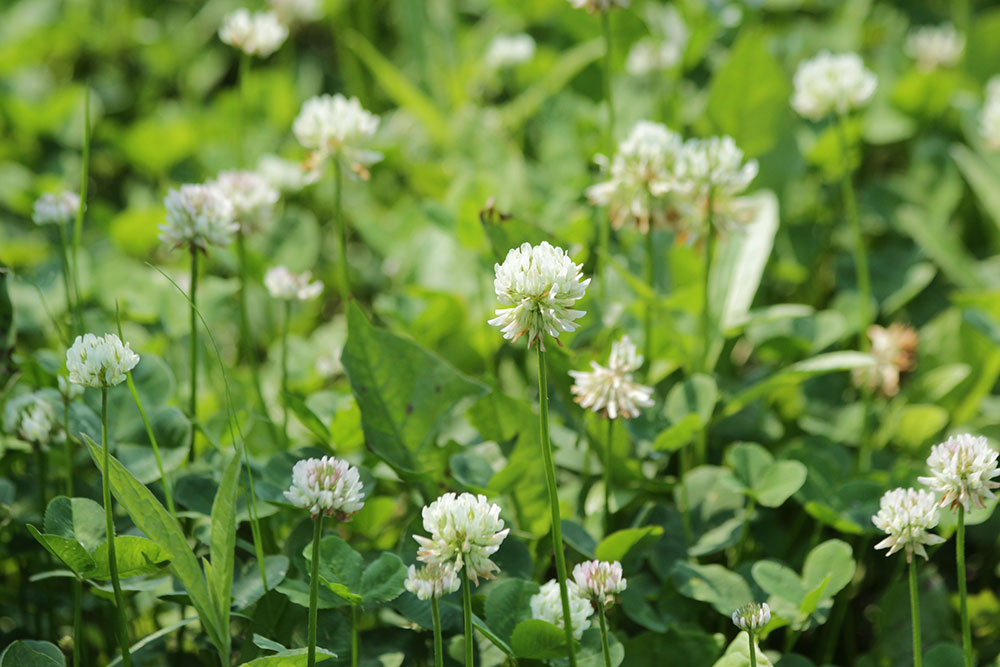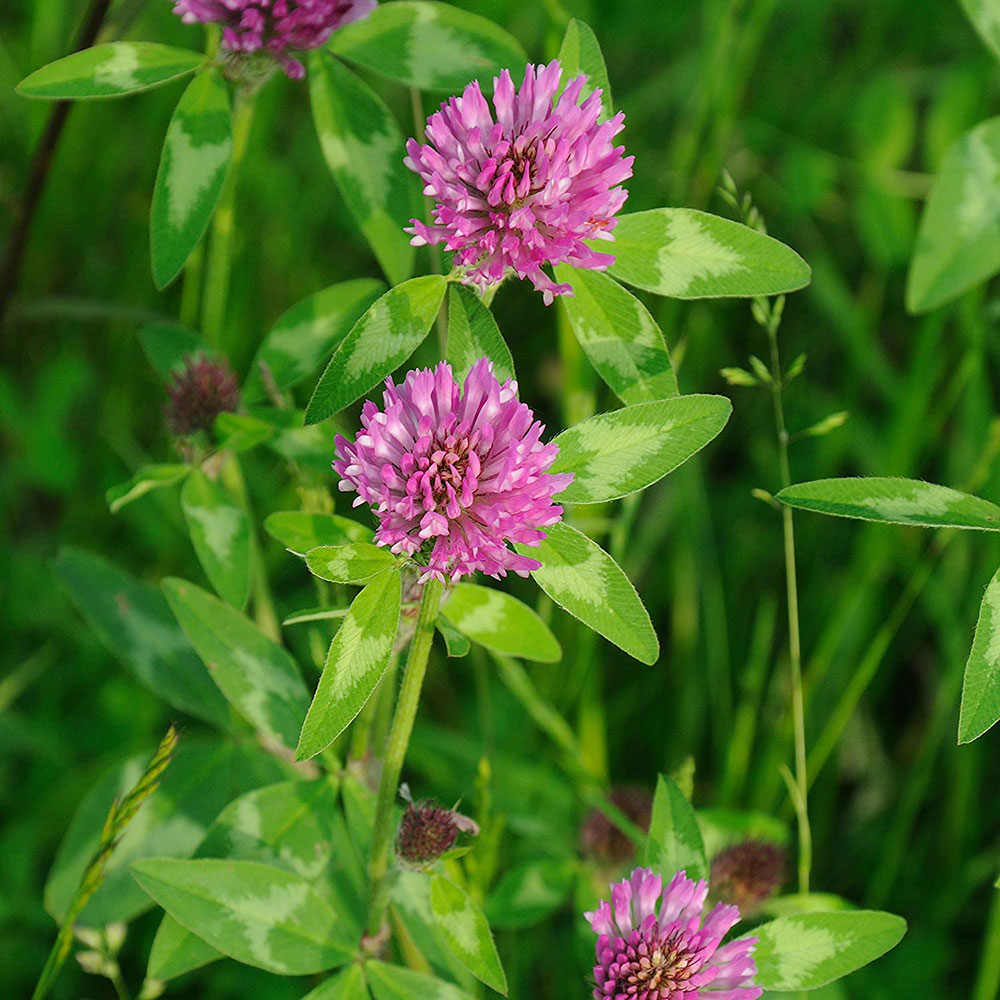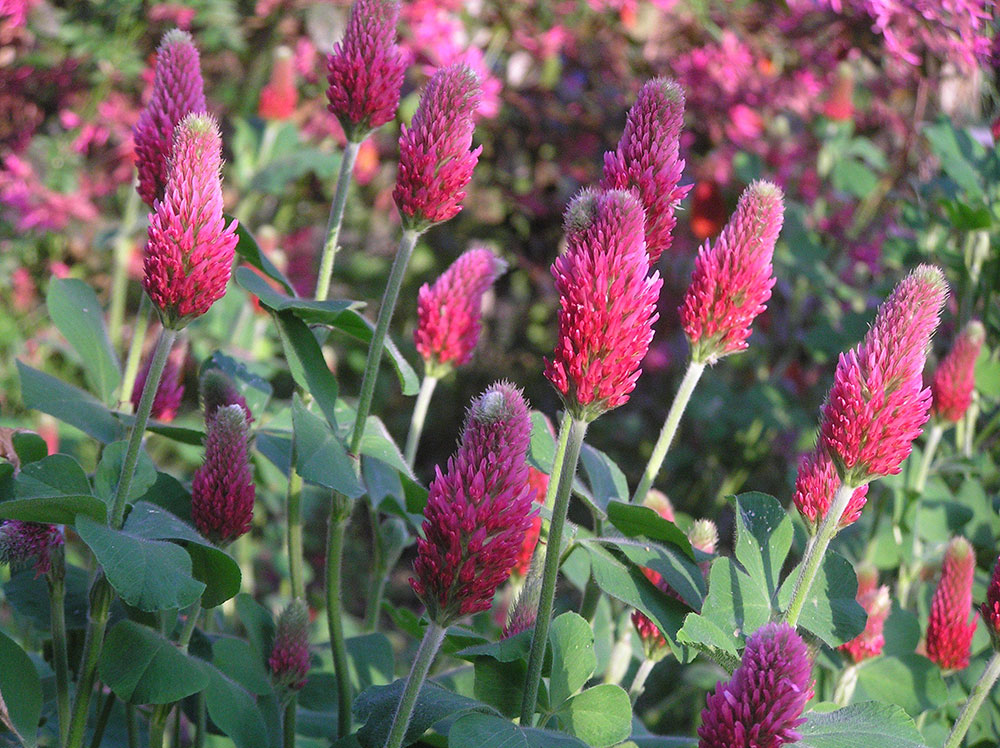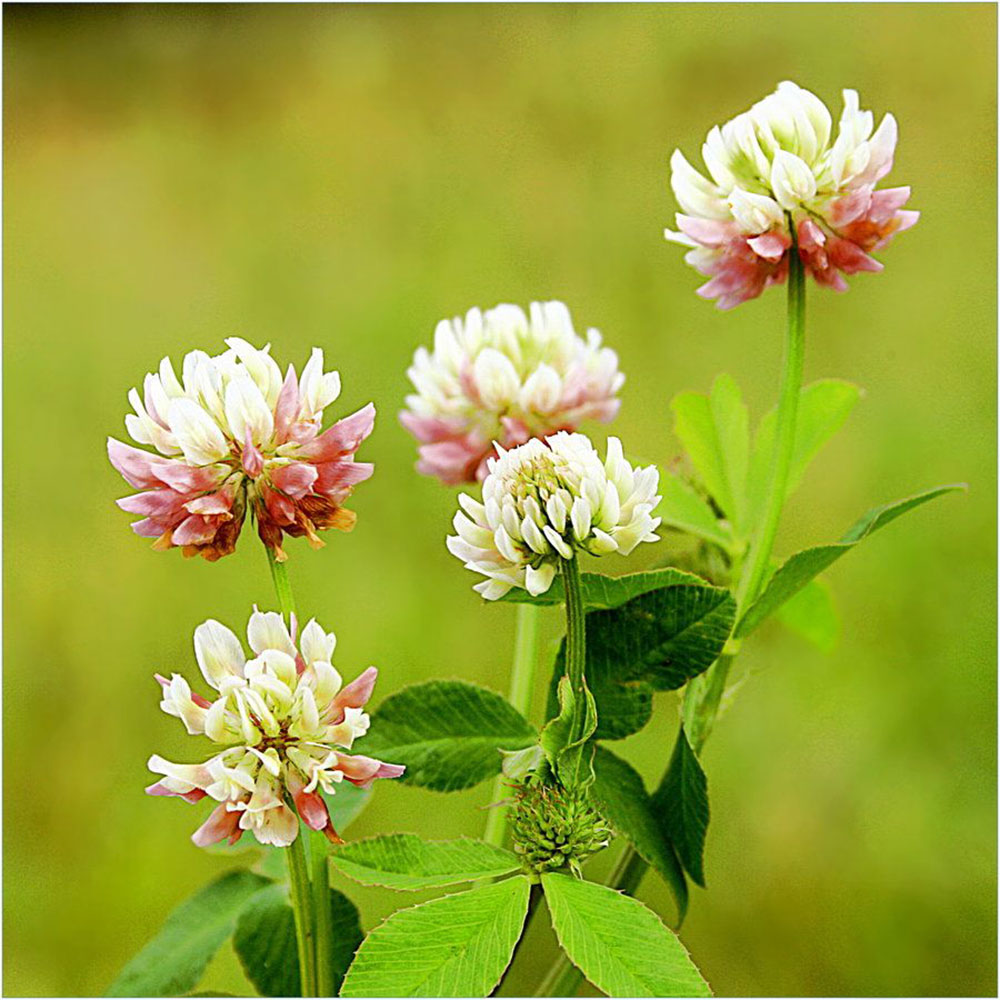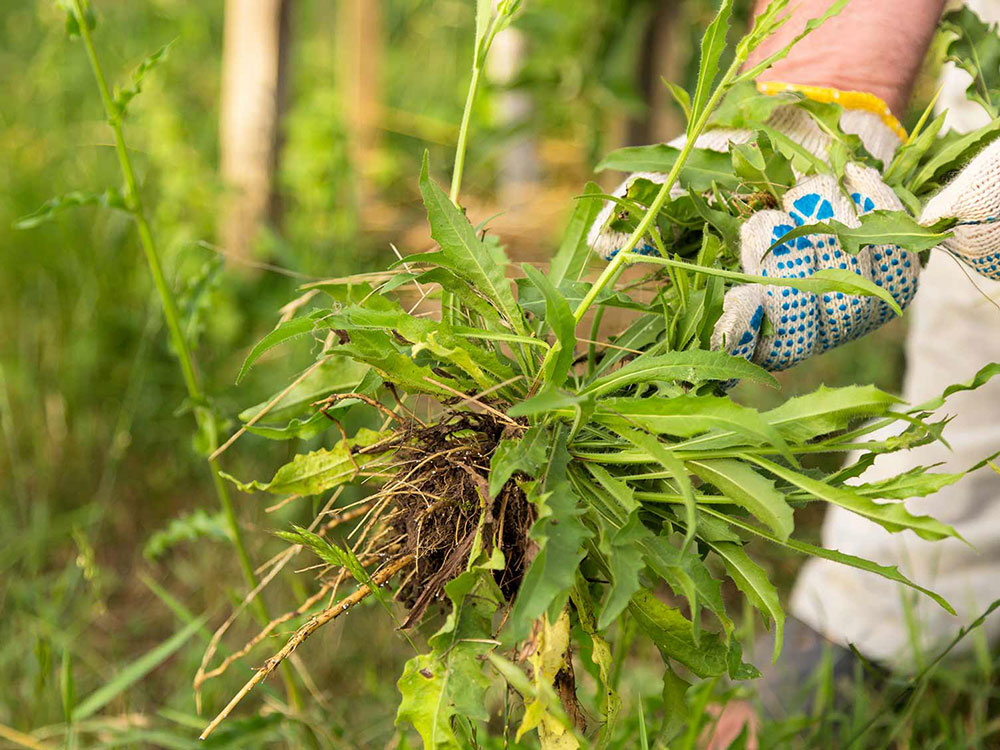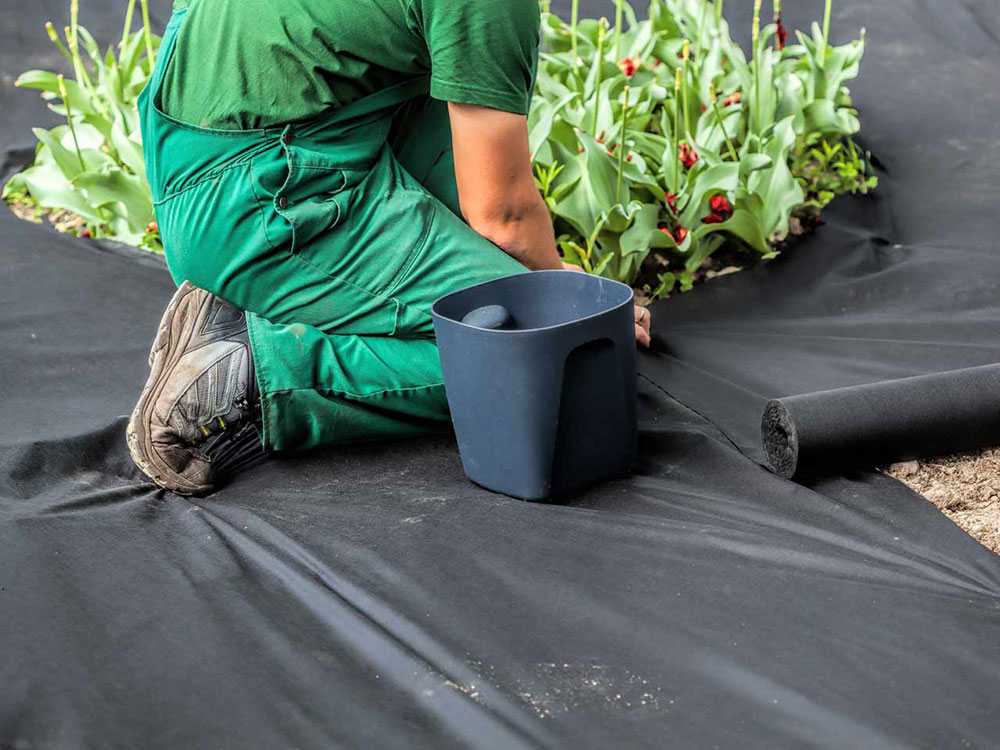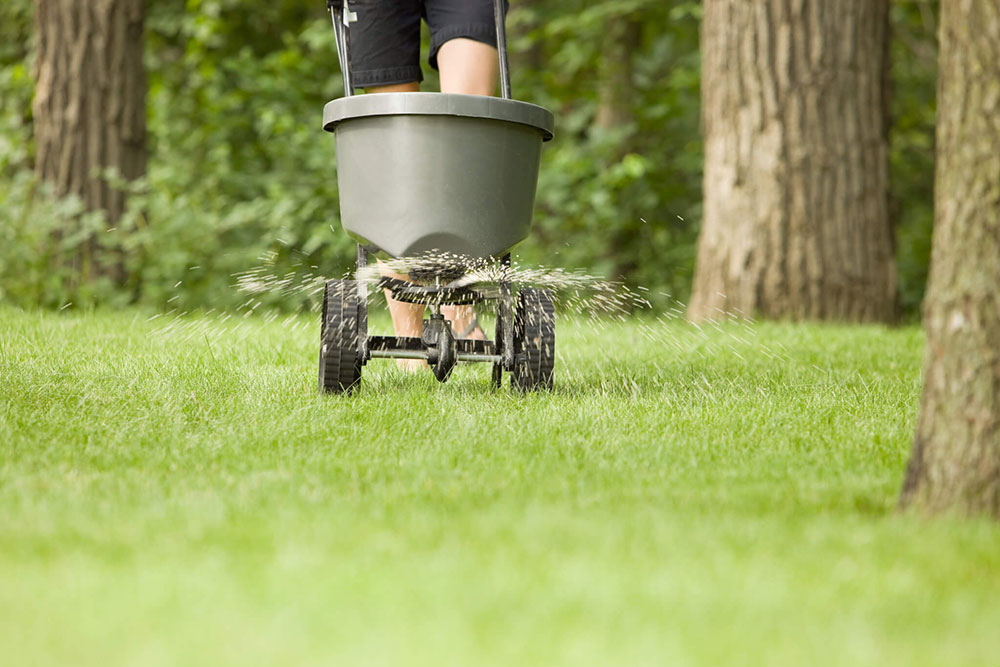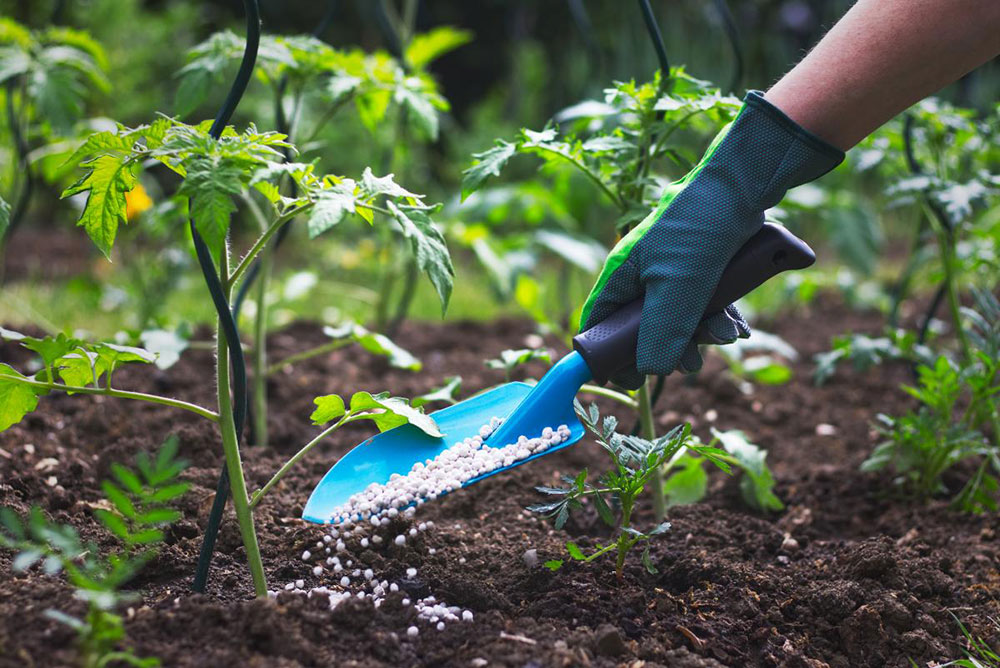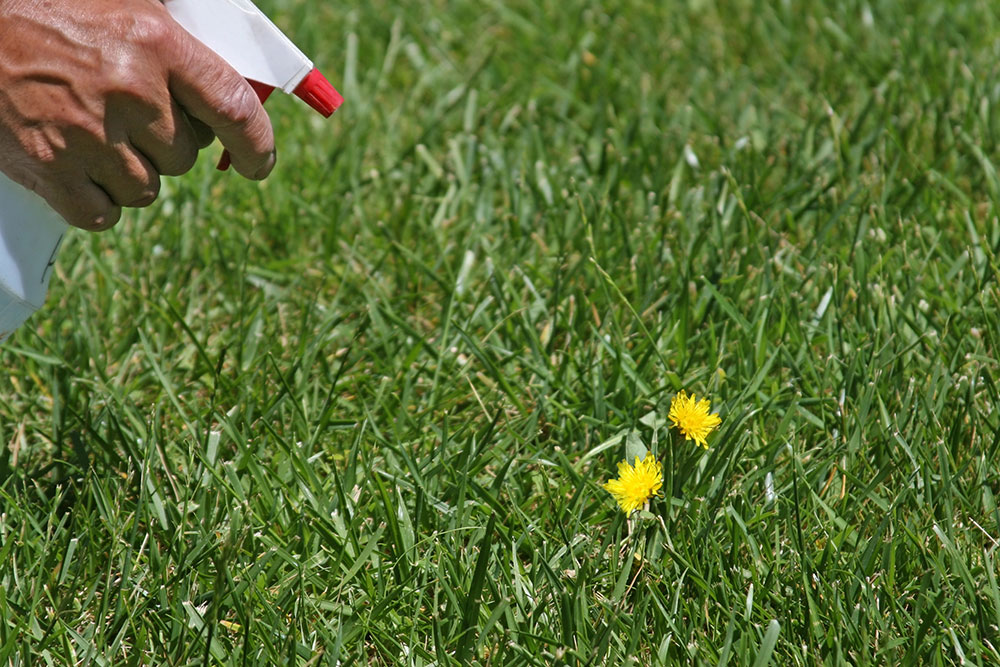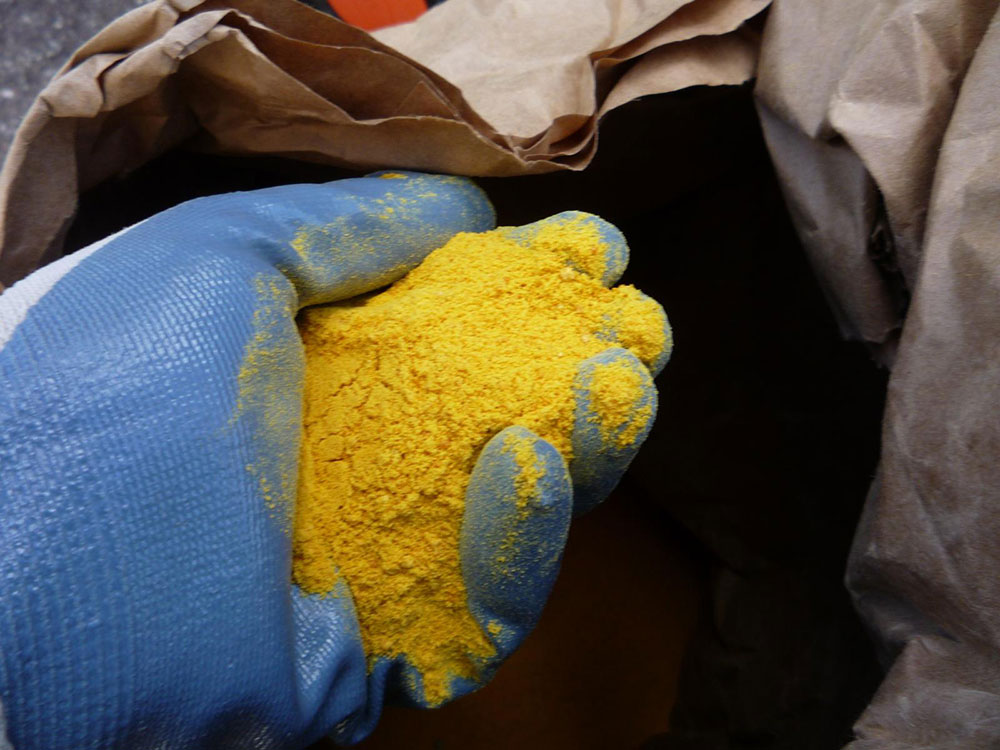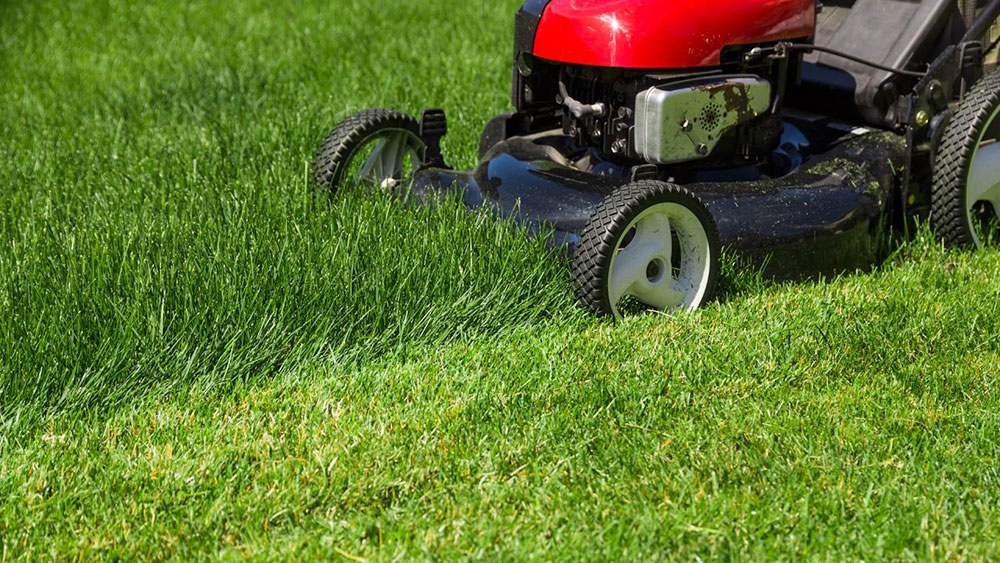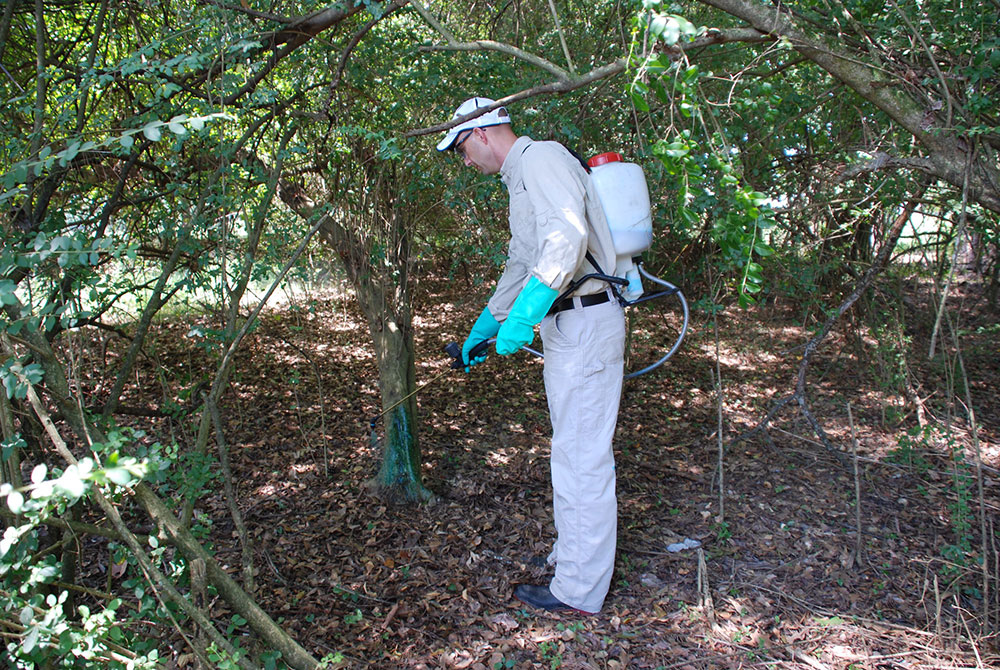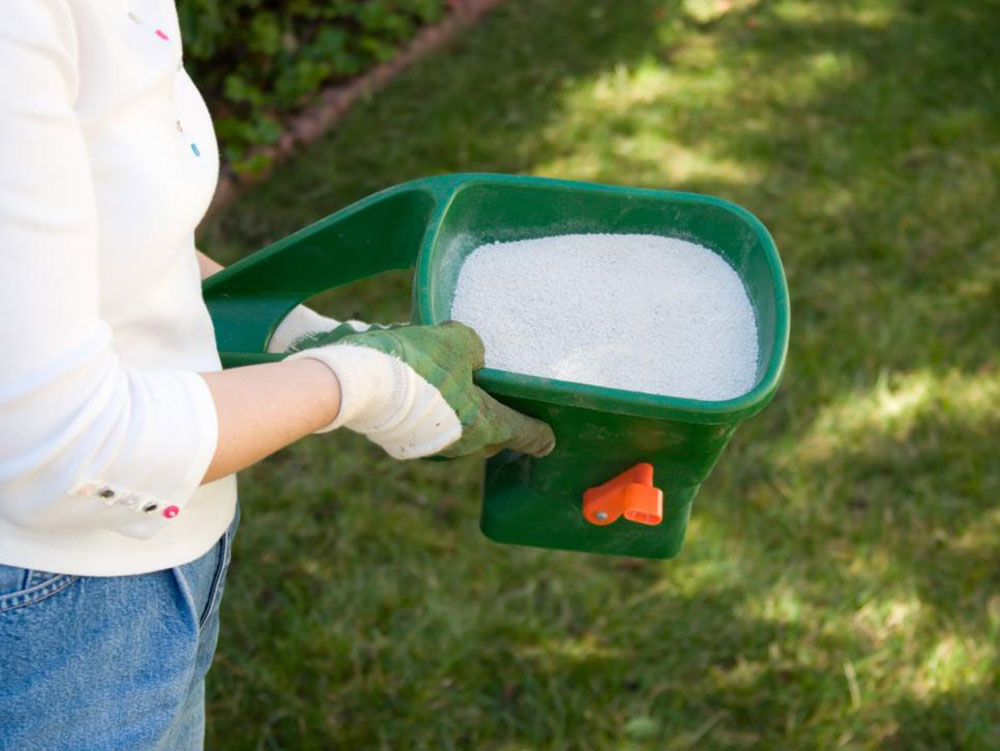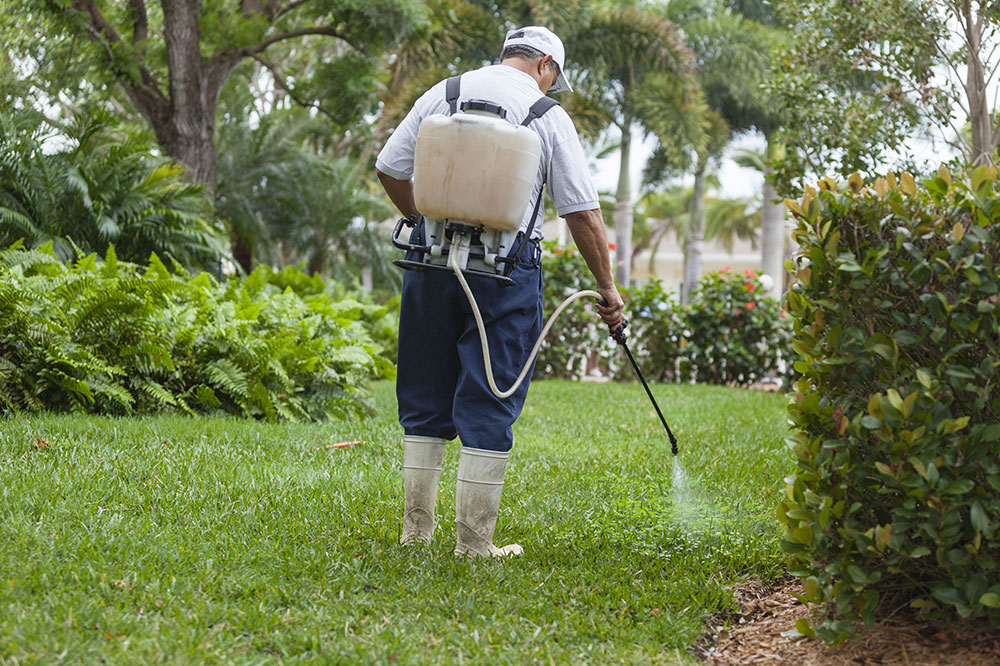Advertisement
I know you want to know how to get rid of clover and we’ll get to that in a minute.
But first, let’s look at clover for a bit.
Clover or most commonly known as Trefoil, is a plant found on relatively neglected lawns. It is a plant with various identities – think of it as a simple weed and some as a part of a luxurious home lawn. To others, this plant has a religious and symbolic meaning.
Although it is a plant you can find the easiest, it is the hardest to control. It helps one small plant to multiply in size because of its vigorous spreading habit.
Many homemakers want to know how to get rid of clover patches in their yards, but the clearance process will take time, and some herbicides have pesticides that could harm the lawn.
Identifying Clover in Your Lawn
You probably have clovers if you see tiny, oval, white, or pink flowers in your court with bees around them. This low-growing perennial weed has many varieties, and all have the distinctive leaf arrangement of three circular leaflets sitting on the end of a long stem. White Clover is the most common form.
About Clover
The clover starts to wake up and spread as soil temperatures approach 50 degrees after winter in a comatose state. From early spring-summer, white clover, one of the most common lawn weeds, can bloom and spread vigorously if not managed. The flowers gradually switch to seeds, and in early autumn, these seeds germinate.
There are many species of clover throughout the world, but the most popular you can find in your lawn are:
White Clover — This species of clover can live for many years and usually thrives in nutrient-deficient yards. It is known for its small, white (or sometimes pink) cluster of spherical flowers.
Red Clover — This species of clover can live for many years and usually thrives in nutrient-deficient yards. It is known for its small, white (or sometimes pink) cluster of spherical flowers.
Crimson clover: This is a deep winter clover colored with crimson that can be very invasive in gardens across different regions each year.
Ball clover — This Clover species is commonly mistaken for white clover. Although it is much less than white clover, it is also a spherical class of white flowers. This type of clover spreads and reseeds very fast.
How to Get Rid of Clover
So if you’re determined to drive this herbaceous three-blade attacker out of your countryside, you’re lucky! Try to altogether remove this common lawn invader with these simple D.I.Y. solutions.
Pull It Out By Hand
Don’t allow clovers to spread. You can remove the clover manually for small patches. Loosen the earth gently and tug out the clover, the roots, and all. The clover would grow back if you left any origins.
Cover it with a plastic sheet
One way to remove clover is to limit its access to air and sunlight. You can do so by placing a dark plastic sheeting such as a garbage bag on top of the clover. Secure the corners so it won’t blow away. Use this method only on large clover patches. Otherwise, surrounding grass will probably experience collateral damage.
Fertilize Your Lawn
When grass is not fertilized, clovers flourish because it has the benefit – they can make their fertilizer and cannot make grass.
Thus, you’ll give your grass a growing advantage if you fertilize your grass with an excellent organic fertilizer in the spring and fall.
Knock it out with nitrogen
A well-fertilized pond usually keeps all weeds in place, but keeping a correct amount of nitrogen gives you an additional advantage against a clover.
It’s a lack of nitrogen that helps the clover survive, so try a weed-and-feed solution rich in nitrogen.
If you have a small amount of clover, organic fertilizers might do the trick, but if your lawn is getting overrun, choose a regular fertilizer that is not slow to release.
Spray a Vinegar Solution
How to get rid of clover using a vinegar solution? Make your own non-toxic home cure weed killer. Mix 1 cup of vinegar and one drop of dish soap with a cup of water.
Shake and spray on some clover patches. The vinegar will dry out the clover’s leaves, and the dish soap will make sure it sticks.
You will have to spray for a few weeks to destroy the clover. Unfortunately, grass may be harmed by the vinegar, so spread the solution carefully.
Apply corn gluten meal
Many garden centers have it. This product destroys weeds, including clover, and fertilizes grasses nearby. Corn gluten food releases organic matter to soil that damages the sprouting potential of new seeds.
Mow High
You will establish perfect conditions for clovers when you cut your grass below 3 inches (7.6 cm).
Failure to do so would promote your grass’s growth and give it a significant advantage over the clover if you shape it high. It is a reasonably easy way to get rid of this herb.
Mix and spray herbicide
Broadleaf herbicides will do the job if you have to break out the big guns to get rid of clover.
The chemicals Dichlorophenoxyacetic acid, Mecoprop, and Dicamba are commonly used in these items. They impair standard patterns of growth and twist the weeds, the leaves, and the twigs.
While these herbicides are harmful to the surrounding grass, individual garden plants and insects may be harmed so that treatments are spotted directly on the clover rather than freely applied.
Begin by adding half the water required on the herbicide label to the sprayer to create a herbicide mix.
Ammonia
Several experienced gardeners use ammonia to burn clover. The next day after rain is the perfect time to apply this chemical, but you can water your grass when you decide to combat weeds.
Consider purchasing ammonium sulfate for lawns and add it by following the user guide instructions. Once a month, put the chemical directly on clover and avoid areas with grass. This is how to get rid of clover with ammonia.
A New Organic Way For Killing Clover
How to get rid of clover using organic solutions? A.D.I.O.S., a selective organic weed killer, can be found on the market these days. It is a natural product that, without damaging your grass, kills weeds. Sprinkle it on your clover, and it will eventually become weak and die.
You should keep your lawn adequately irrigated with chemicals. It is best if you can water deeply one or two times per week (one inch or more to fill a tuna).
You can apply A.D.I.O.S. to kill the weeds in your lawn without killing the grass the day after one of those deep waterings when the grass is not stressed out.
You may end up killing your grass as well if you spray Adios on a lawn that doesn’t get water and is stressed out by heat and drought.
Then make sure that you maintain a well-watered lawn before you spray A.D.I.O.S. to kill the weeds in your property.
Low grass, the wrong soil pH, compacted soil, and insufficient nitrogen levels are excellent growing conditions for clover. Clover can take over your lawn under the right conditions. A pre-emergent could be a perfect preventive measure to keep clover from returning, mainly when the problem happens annually.
You can avoid the correct fertilization and mowing of clover. Keep your lawn on an excellent fertilization schedule, so your yard gets adequate soil nitrogen. Higher blades of grass ensure less sunlight is reached and foster more substantial root growth.This is how to get rid of clover like a professional.
If you enjoyed reading this article about how to get rid of clover, you should read these as well:

